Loss Circulation Materials
Loss Circulation Materials - Premium Wellbore Sealing Solutions
Loss circulation materials represent advanced sealing technology specifically engineered for controlling drilling fluid losses into permeable formations, fractures, and vugular zones. These specialized plugging agents achieve rapid sealing through bridging, plugging, and matrix formation mechanisms, revolutionizing wellbore stability in challenging geological conditions. Premium LCM portfolios include granular materials, fibrous products, flake-type sealants, and engineered blends providing comprehensive sealing solutions for losses ranging from seepage to total circulation loss. The comprehensive range demonstrates exceptional performance sealing fractures from microns to inches while maintaining integrity up to 400°F. From naturally fractured carbonates to depleted reservoirs, loss circulation materials deliver reliable fluid loss control meeting stringent operational and environmental specifications worldwide.
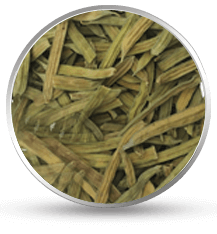
Guar Plant
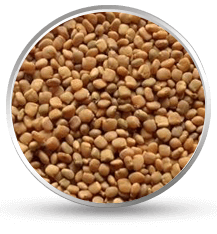
Guar Seeds
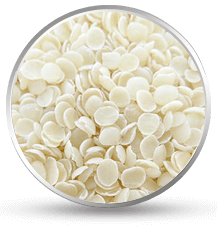
Guar Gum Splits
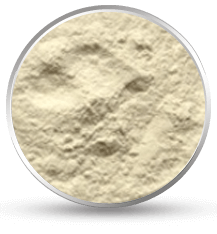
Guar Gum Powder
Inquiry Now
LCM Properties & Sealing Characteristics
- Particle Size Distribution & Bridging Efficiency
- Compressive Strength & Seal Integrity
- Temperature Stability & Degradation Resistance
- Acid Solubility & Remedial Options
Our loss circulation materials incorporate engineered particle technology delivering exceptional sealing attributes essential for modern drilling operations. These designed properties ensure rapid bridging, persistent plugging, and operational compatibility across diverse loss mechanisms.
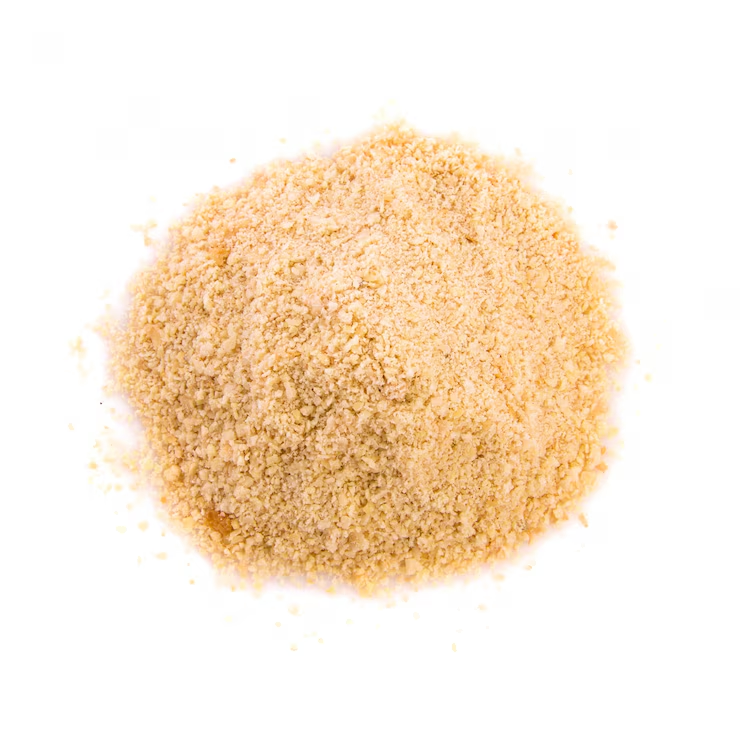
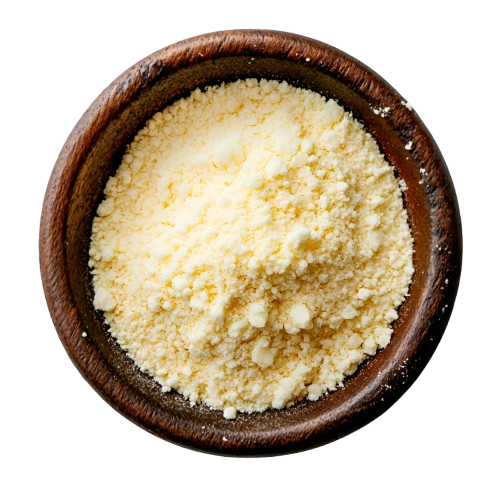
LCM Types & Manufacturing Origins
Loss circulation materials encompass natural products like ground nutshells and synthetic materials like sized calcium carbonate, processed in specialized facilities maintaining quality standards for drilling products globally.
LCM Benefits & Operational Advantages
- Non-Productive Time Reduction & Cost Savings
- Wellbore Strengthening & Stability Enhancement
- Formation Protection & Productivity Preservation
Loss Circulation Material Information & Technical Classifications
Loss circulation materials undergo precise sizing and blending achieving optimal sealing performance for specific loss scenarios. Granular materials provide initial bridging while fibrous products create three-dimensional networks. This comprehensive sealing portfolio enables tailored solutions from preventive treatments to severe loss remediation. The specialized blends maintain effectiveness in water-based, oil-based, and synthetic drilling fluids.
Quality Standards & Industry Specifications
Our loss circulation materials meet comprehensive API and drilling industry standards through certified processing, ensuring reliability for critical wellbore sealing.
- A.I.R. (Acidic Insoluble Residue)
- Moisture
- Viscosity
- Content of Ash
- Size of the Particle
- Odor
- Protein
- Filterability
- Gum Content
- Color
- Fibre
- Granulation
- Insoluble Residue
- Fat Content
- pH
- Heavy Metals
- Arsenic
- Lead
The Microbiological Quality Test consist of bacteriological test of the Food Grade products like Standard Plate Count, Yeast & Mould, Salmonella, E-coli, Colliform, Pseudomonas, Staphylococcus etc.
LCM Quality Testing Parameters - 18 Comprehensive Factors
Loss circulation materials undergo rigorous analysis across 18 quality parameters ensuring consistent sealing performance meeting operational standards.
| Physical Properties | Chemical Analysis | Performance Testing |
|---|---|---|
| Particle Size (D10-D90) | Acid Solubility (%) | Bridging Test |
| Bulk Density | Moisture Content | Permeability Plugging |
| Specific Gravity | Oil Absorption | Temperature Stability |
| Hardness/Resilience | pH Value | Fluid Compatibility |
| Shape Factor | Heavy Metals | Seal Strength |
| Degradation Rate | Ash Content | Return Permeability |
LCM Regulatory Numbers & Classifications
- Natural LCM: HS 1404.90.00
- Mineral LCM: HS 2530.90.00
- API Standards: RP 13B Series
- Environmental: Biodegradable Options
- OSPAR Compliance: Available
- NSF Certification: Food-Grade Types
Loss Circulation Material Categories & Application Guide
| Category | Type | Size Range | Temperature | Application |
|---|---|---|---|---|
| Granular | Nutshells | 10-2000 µm | <300°F | Permeable Zones |
| Fibrous | Cedar Fiber | 100-5000 µm | <250°F | Fractures |
| Flake | Mica/Cellophane | 500-3000 µm | <350°F | Wide Fractures |
| Blend | Engineered Mix | Multi-Modal | <400°F | Severe Losses |
| Acid-Soluble | CaCO₃ | 50-2000 µm | <300°F | Pay Zones |
Common Questions
FAQs - Loss Circulation Materials

Create bridges across pore throats and fracture openings forming impermeable seals preventing fluid invasion. Particle size distribution matches formation characteristics ensuring effective plugging mechanisms.
Preventive treatments use fine particles strengthening wellbore before drilling problematic zones proactively. Remedial applications employ coarser materials and higher concentrations stopping active losses.
Acid-soluble materials like sized calcium carbonate enable removal protecting reservoir permeability. Proper sizing prevents deep invasion while maintaining effective loss control during drilling.
Multi-modal particle distributions create synergistic sealing combining bridging, filling, and network formation. Optimized blends seal broader fracture ranges than individual products effectively.
Pre-hydration in mixing hoppers followed by high-shear addition prevents settling and ensures homogeneous distribution. Sweep pills help transport LCM to loss zones effectively.
Formation evaluation, loss rate characterization, and fracture width estimation guide product selection. Temperature exposure and fluid type influence material compatibility determining optimal choice.
Natural materials like ground nutshells and processed agricultural products provide biodegradable solutions. Performance comparable to synthetic options in many applications meeting environmental requirements.
Seepage losses require 10-20 ppb, partial losses 20-40 ppb, severe losses 40-70 ppb typically. Total losses may require specialized pills exceeding 100 ppb concentration effectively.
Technical Support & Loss Control Strategies
Our drilling specialists provide comprehensive LCM application support including loss assessment, treatment design, and remediation protocols. Laboratory services offer plugging apparatus testing, blend optimization, and compatibility studies. Field support includes real-time loss monitoring, treatment supervision, and success evaluation across global drilling operations.
Packaging & Rapid Deployment
Loss circulation materials package in 50-pound multi-wall bags for standard additions or pre-blended in super sacks for severe loss treatments. Emergency response packaging enables rapid deployment to active loss situations. Regional strategic inventory ensures immediate availability. Specialized blending facilities create custom solutions for challenging applications.
Extended Applications & Innovative Solutions
Beyond conventional drilling, LCM enables managed pressure drilling through wellbore strengthening applications. Geothermal drilling utilizes high-temperature resistant materials. Coiled tubing operations employ fine particles for minimal equipment wear. Cement additives incorporate LCM preventing losses during primary cementing. Workover operations use temporary plugging agents for zone isolation.
Quality Certifications & Manufacturing Excellence
Processing facilities maintain API Q1/ISO 9001:2015 certification ensuring consistent LCM quality standards. Food-grade certification available for environmentally sensitive applications. Particle size analysis validates specifications. Material traceability ensures quality control. Regular third-party audits maintain manufacturing standards supporting operational reliability.
Environmental Profile & Sustainable Solutions
Loss circulation material development emphasizes renewable resources and biodegradable options reducing environmental impact. Agricultural by-products provide sustainable alternatives to mined materials. Processing efficiency minimizes waste generation. Regional sourcing reduces transportation emissions. Innovation focuses on high-performance biodegradable solutions meeting operational and environmental objectives simultaneously.

